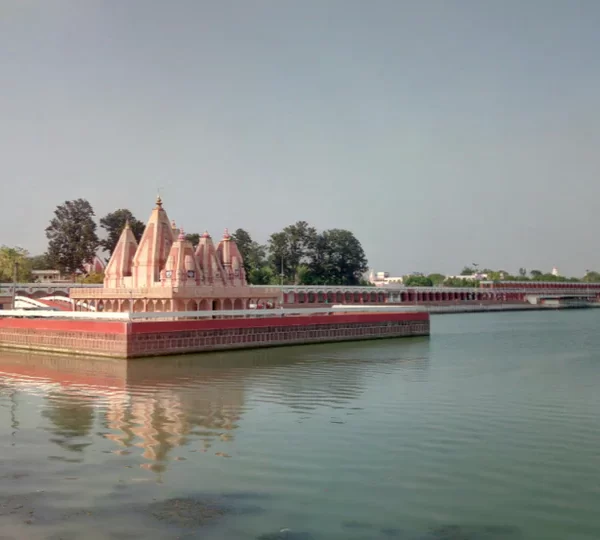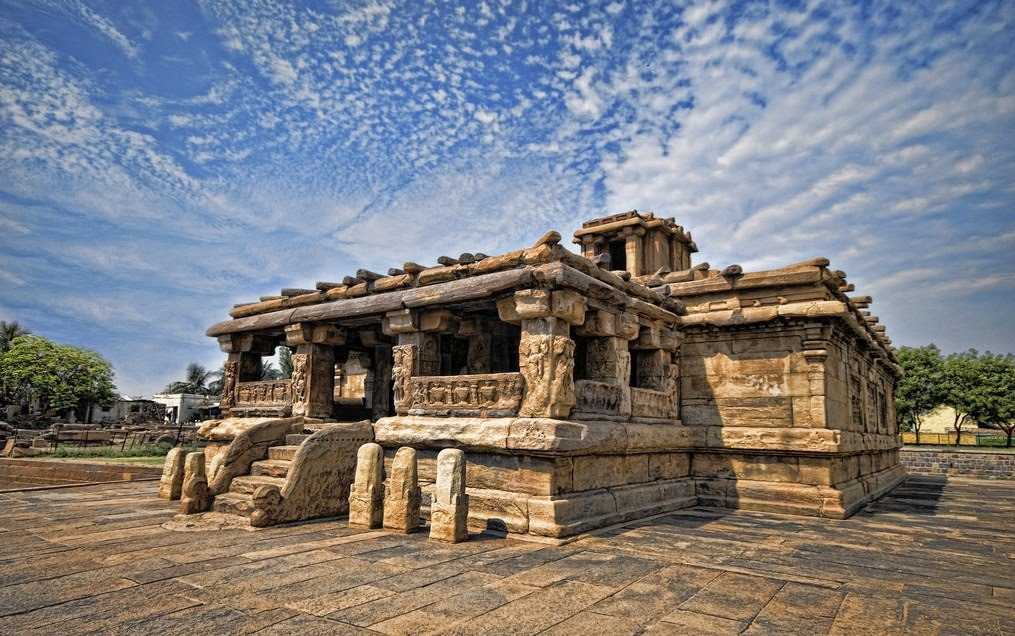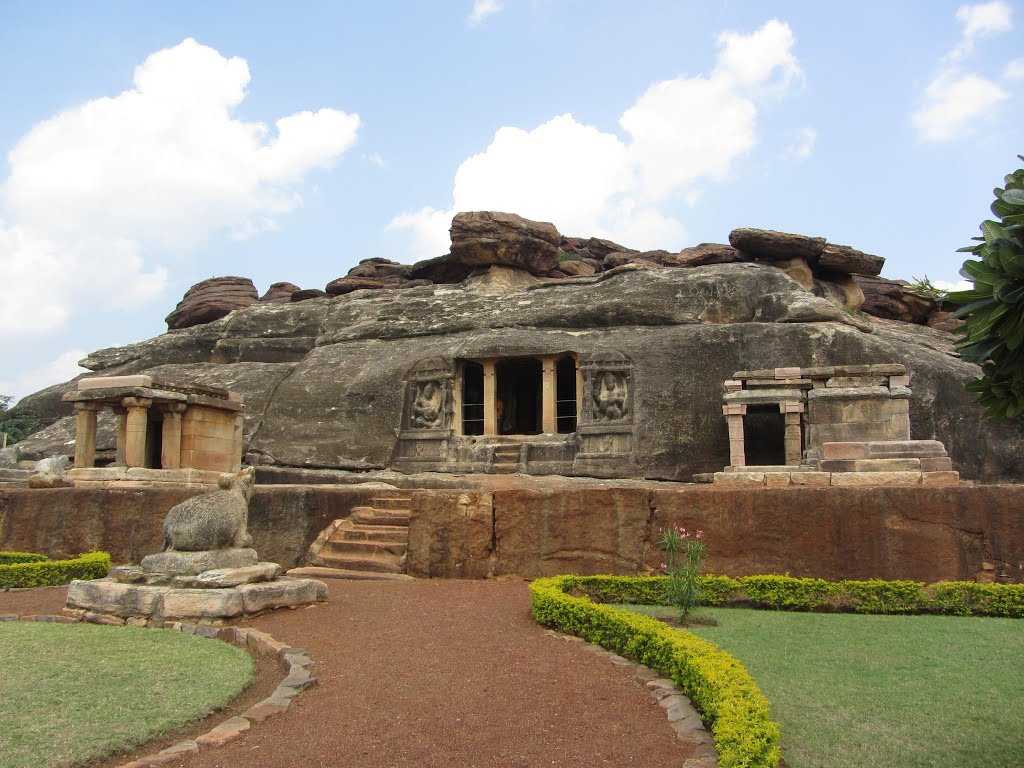Complete Guide about Kurukshetra
-
Location
Kurukshetra, XVGV+G4J, Jammu - Delhi Rd, Sector 3, Kurukshetra, Haryana 136118
-
Timings
Every Day
---- -
Entry Fee
Free Entry


Kurukshetra in Haryana
About
Kurukshetra
Kuruksherta Official website Link
https://kurukshetra.gov.in
As old as India’s history is Kurukshetra. Kurukshetra district is located in a region with a history that may be traced back to the ancient Aryan Past, however hazily at times. Before the Aryans came to India, it was a centre for religion and culture, according to Dr. R.C. Majumdar.
The pre-Harappan and Harappan eras are the earliest periods in which Kurukshetra’s history can be found. The ceramics discovered at several archaeological excavation sites date to between 1700 and 1500 BC, a period known as pre-Aryan and extending into the pre-Harappan to Harappan era. After the Aryans arrived in India and lived here, later. In all likelihood, the Aryan civilization may have emerged around 1300 BC.
The pre-Harappan and Harappan eras are the earliest periods in which Kurukshetra’s history can be found. The ceramics discovered at several archaeological excavation sites date to between 1700 and 1500 BC, a period known as pre-Aryan and extending into the pre-Harappan to Harappan era. After the Aryans arrived in India and lived here, later. In all likelihood, the Aryan civilization may have emerged around 1300 BC.
The battle of Kurukshetra happened at the beginning of the Aryan dynasty.
It is possible to conclude that the Kurukshetra War took place some time between 1200 BC and 1000 BC based on literary and material evidence. Kuru, who ruled over this region at the time, gave it the name Kurukshetra (which translates to “place of Kuru”). Kurukshetra was influenced by Buddhists and Jains after the Kuru era. The time period is thought to have been circa 600 BC based on material evidence gathered from excavation sites. Kurukshetra afterwards came under the control of the Macedonians during the Greek invasion commanded by King Alexander. Kurukshetra’s geographic location ensured that an advancing army would always be able to influence the city.
The impact of the Turks (Mahmud of Ghazni), Huns, Shaks, Pathans, and Moghuls also enriched Kurukshetra’s history and culture. Between these invasions, powerful Indian dynasties like the Guptas, Mauryas, Pratihars, and Kalingas, among others, came to rule over Kurukshetra. Kurukshetra’s history and culture were enriched by these Indian and foreign influences. Up until just a little over 1200 AD, there was the ancient era. Kurukshetra played an important part in ancient Indian history, and in many instances, the invasion of an army into Kurukshetra changed the course of Indian history. Nearly the whole territory of the present-day state of Haryana was Kurukshetra.
Qutab-ud-din Aibak, a general of Shihabud-din-Ghuri, established the groundwork for Turkish authority in north India in 1206 following Shihabud-din-death. Ghuri’s Along with surrounding regions, the area that is now Kurukshetra district became a part of his recently established kingdom. In the contemporary literature, there is a reference to his having erected merely a military station here at Thanesar.
At the end of 1210 AD, Kurukshetra was controlled by Iltutmis and afterwards his daughter Razia Sultana. Kurukshetra was governed by a powerful and well-organized government at this time. Later, Kurukshetra was governed by Mohammed ibn Tughlak and Alauddin Khilji. Then Sher Shah came to power, and Kurukshetra as a whole flourished.
Thanesar was regarded as a significant military stopover en route from Delhi to Lahore. He built two “Sarai” structures in Kurukshetra.
Kurukshetra was on the route of the fabled road from Bengal to Lahore. Kurukshetra flourished and rose to prominence throughout this time. The territory was later brought under control during the reign of the Moghul emperor Akbar, and the Kurukshetra government was established in the second part of the sixteenth century. However, after his death, weak rulers brought disorder and disarray to this area. The robust administrative structure persisted until Aurangzeb’s reign in 1707 AD. Additionally, by his favouritism of some religions, Aurangzeb created instability and misery for the people of Kurukshetra by imposing pilgrimage fees on Hindus who travelled there, erecting mosques, and demolishing temples.
The remains of a castle constructed during Aurangzeb can still be seen in Brahmasarovar.
Though at these times Kurukshetra was also came under the heavy influence of Sufism and Sikhism.
After Aurangzeb’s death, poor governance in Delhi once more caused disorder in this area, and Nadir Shah’s invasion, which had the sole intention of gaining by exploitation, saw a rise in the suffering of the common people.
The Marathas from the southwest acquired control of Delhi and made several attempts to stabilise it, but they failed to do so for an extended period of time.
Kurukshetra was ruled by Sikh and Pathan kings as well, and this state lasted until 1800 BC, when the British seized charge.
The Sikh kings in those regions lost power after 1803 to the British authorities. But up until 1850, the local Sikh lords fought the British for control of the Kurukshetra region. When they were beaten, the British took over Kurukshetra as a whole. Maharaja Ranjit Singhji also fought against the British and led the first Anglo-Sikh war in which he was defeated and his state confiscated by the British army. The Sikh uprising, the Wahabi movement, the Sepoy mutiny all had a telling effect on Kurukshetra which was run by the British appointed Deputy Commissioner.
After 1900, the independence movement gained momentum and was led by Mahatma Gandhi, Bhagat Singh, and other well-known political trailblazers until 1947. India became a sovereign, independent nation after August 15th, 1947, and the India Administration gained control. The Kurukshetra deputy commissioner was appointed an Indian Administrative Service officer.
The boundaries of Kurukshetra were altered in 1966, with the creation of the state of Haryana. But the Kurukshetra district was finally constituted in 1973. The Kurukshetra district was reorganised numerous times between 1979, 1989, 1990, 1996, and 2011, but it wasn’t until 2018 that the current structure, which includes 5 towns (Thanesar, Pehowa, Shahbad, Ladwa, and Ismailabad), 4 sub-divisions, 4 Tehsils, and 2 sub-Tehsils, was established.
Following the country’s partition in 1947, large populations from Pakistan and India migrated back and forth. This town, which provided housing for the most refugees, constructed the largest refugee camp. This caused the residential colonies and commercial establishments in this area to grow quickly. The territory that makes up the current Kurukshetra district was transferred to Haryana on November 1, 1966, when it was established as a separate State.
Dekho Apna Desh
The DAD of Tourism
Get Direction to Kurukshetra
Near Attractions




